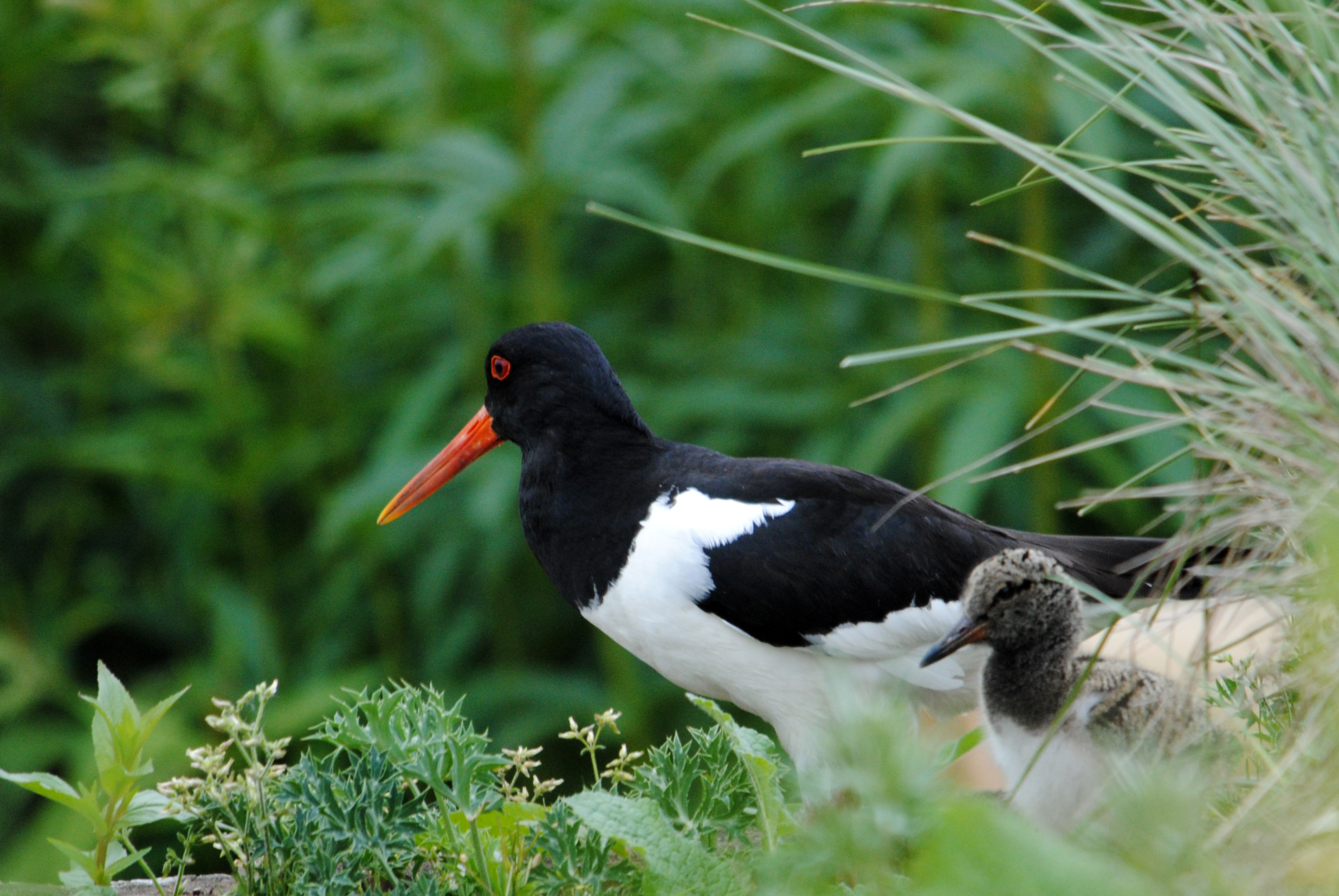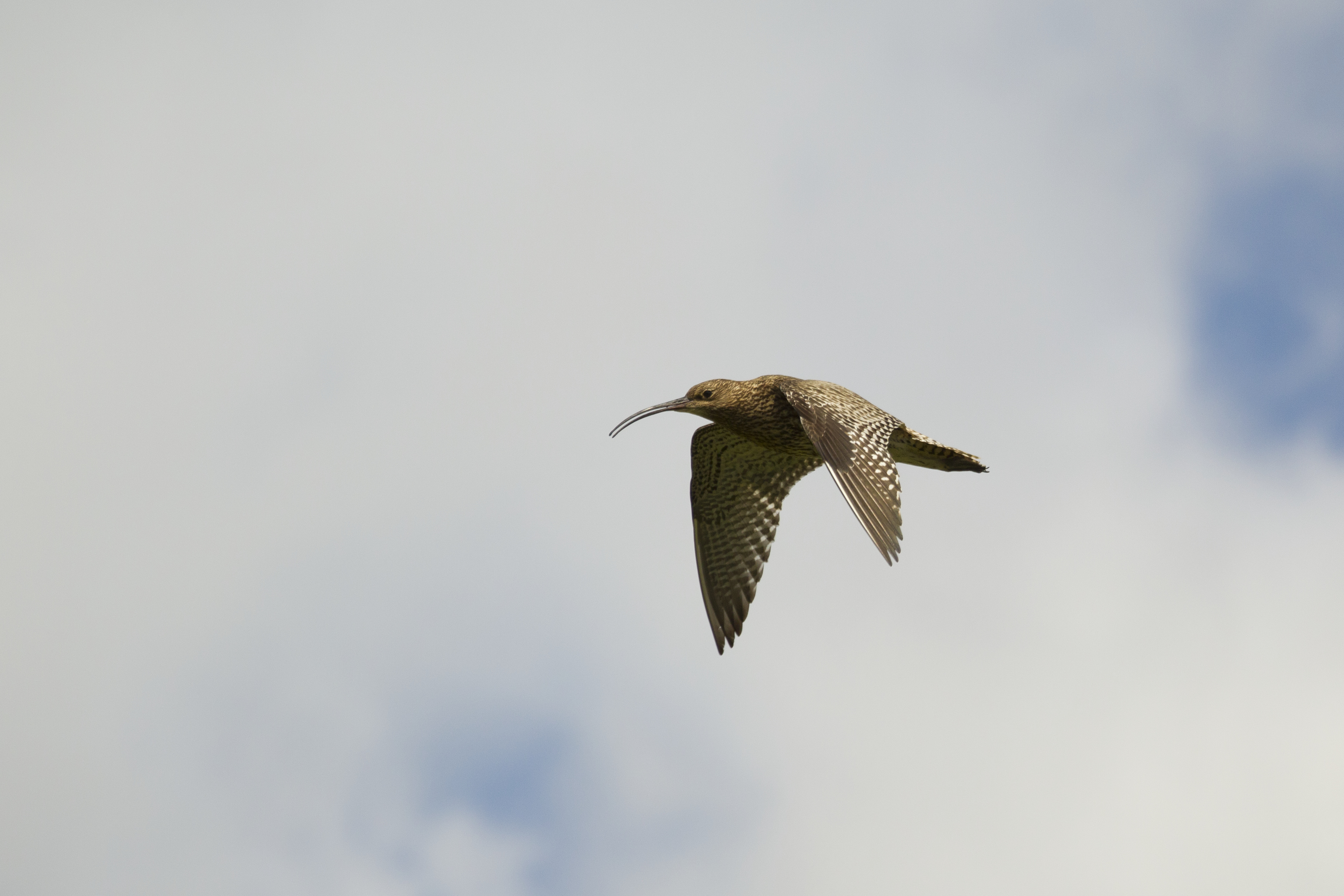Each year, huge numbers of birds feed on Kent's shores before migrating South to their wintering grounds. At a similar time, thousands of wildfowl and waders arrive from the far North to spend the winter in our milder climate.
For the birds leaving our shores, they need to spend most of their time feeding to give themselves the energy required for their long journeys.
The birds that over-winter here need to spend the short winter days feeding, resting and saving energy to survive the winter weather. In late winter, they then start to feed up for the long return journey back to their summer breeding grounds.
For all birds, winter can be a tough time. The balance between finding enough food to survive and burning energy to search for that food can be very delicate. Any disturbance that causes them to lose feeding time or burn more energy than is absolutely necessary can tip the scales the wrong way.
It is also worth remembering that some wading birds can only feed when the tide and weather conditions are right and some only have a few months to feed up and gain enough energy to fly thousands of miles. These precious windows of time must be free of disturbance to increase their rates of survival.



